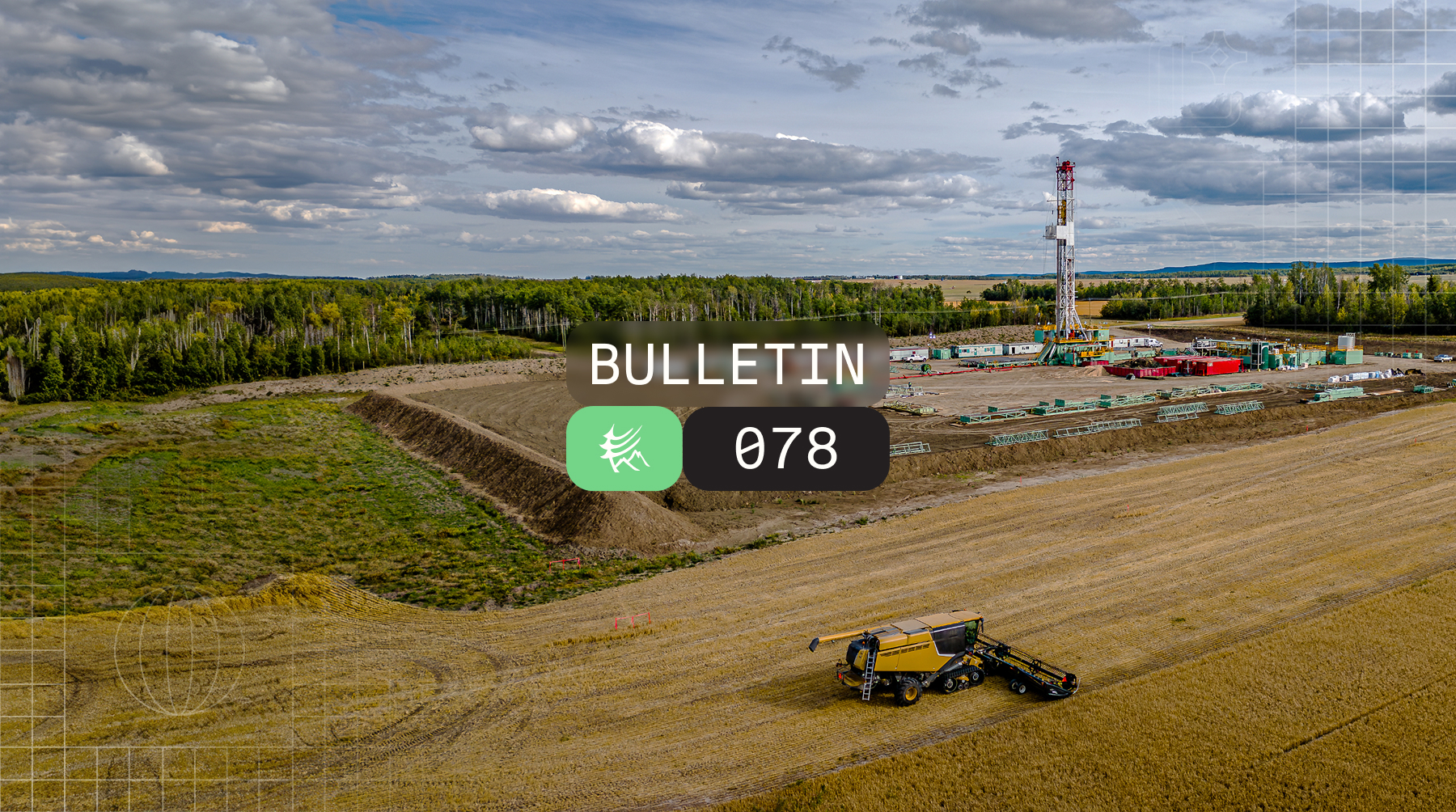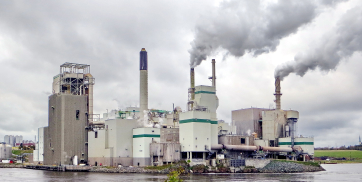Greenhouse gas emissions research continues to advance at a rapid pace! In this month’s Research Digest, we catch you up on the latest peer-reviewed advances in oil and natural gas (O&G) emissions science, including inefficient flaring, emissions underestimation, results from empirical measurement campaigns, new measurement methods, and more!
Inefficient Flaring in US Estimated to Emit Equivalent of 2.9 Million Cars
Methane concentration is measured in flare combustion plumes of the Permian, Eagle Ford, and Bakken basins. This data is used to calculate an average methane destruction removal efficiency of 91%, although industry and government typically assume 98% flare efficiency. By extrapolating to the entire US, the authors estimate that methane emissions from flare inefficiency are five times higher than current assumptions. Read more here.
Multiscale Methane Monitoring Reveals Need for Harmonization
Emissions are quantified for facilities in the Marcellus, Haynesville, and Permian basins. By combining multiscale measurements and monitoring of intermittent emission activity, this study demonstrated significant variation in intraday and daily emission rates. The authors find that “(EPA) GHGRP-based inventories, on average, underestimate methane emissions at the basin level”. Characterization of intermittent emission events is deemed critical. Read more here.
Increasing Methane Emission Rates in China Attributed to Multiple Sources
China’s methane emissions are quantified for 2010-2017 by combining satellite and surface network observations. During this period, China’s methane emissions increased by 730,000 tonnes each year. In this work, ~16% of the increase is attributed to coal and ~19% to rice production. The authors suggest the unexpected methane increase from rice likely results from crop-reside incorporation. Read more here.
Large Sample Sizes Important for Estimating Permian Pipeline Emissions
Gathering line emission factors are estimated from 4 aerial campaigns totalling more than 87,000 km2 in the Permian Basin. Estimated emission factors in this study are as much as 52 times higher than EPA national gathering line estimates, and as much as 13 times higher than published ground-based campaigns. Estimated emissions below the aerial detection threshold are incorporated, with only a modest effect on aggregate emissions. The authors conclude by highlighting the advantage of aerial campaigns in locating large-scale emission sources. Read more here.
Tiered Methane Observation Systems Needed for Prioritization of Emission Mitigation
Data obtained from an airborne imaging spectrometer is compared to satellite calculated methane fluxes. Intermittency is assessed by multiple aerial revisits over months and years, and methane emission contributions from point sources are found to be split nearly equally between short- and long-lasting events. The authors recommend observation systems of varying magnitudes (tiered) in order to constrain emission budgets. Read more here.
Single Blind Release Testing for Gas Mapping LiDAR
Gas Mapping LiDAR is characterized with respect to point-source emissions. The dataset is the largest of its type yet collected, with 650 measurement passes. After analysis, detection limits based on altitude and windspeed are identified: 90% probability of detection for 0.25 (kg/h)/(m/s) at 500 feet altitude. The authors stress the importance of understanding detection limits for emissions monitoring solutions. Read more here.
Simulations of Satellite-Based Methane Plume Detections.
Atmospheric transport and dispersion of methane is simulated for 7 well-pads characteristic of the Barnett Shale. This work found increasing plume detectability with increasing pixel resolution. Methane emission rates are estimated using the integrated mass enhancement method, showing an underestimation of up to 6.4% at 50-meter pixel resolution. The authors indicate a need for combined space, aircraft, and ground measurements. Read more here.
Optimal Driving Route Calculations for Methane Plume Detection
A Geospatial method is developed to minimize driving distances for vehicle-based methane measurements on public roads. This combines wind forecast, potential leak location, and road network data to predict downwind road intersection points (DRIPs). The method is simulated for a case study in Texas and compared to previously measured methane plumes in Alberta. The authors suggest the new method can improve the efficiency and effectiveness of vehicle-based emission surveys. Read more here.
Validated Methane Detection Probability for Pipeline Driving Surveys
A series of controlled methane release experiments are conducted at Colorado State University’s METEC facility. Detection probability is found to be heavily dependent on survey speed, atmospheric stability, and wind speed. Detection probabilities are analyzed and the authors state vehicle based pipeline surveys can have equivalence to pedestrian surveys for calm to low wind speeds, and walking surveys have the widest range of favorable conditions here.
Effect of Water Saturation in Lateral Subsurface Methane Diffusion
Leak Detection and Repair (LDAR) surveys are performed for 77 sites throughout the US, targeting underground pipeline leaks. Underground methane concentrations and soil samples are taken at identified leaks. Statistical analysis revealed a pronounced effect of soil moisture content reducing lateral methane diffusion. The authors recommend considerations of variation in soil moisture when assessing the hazard potential of a leak. Read more here.
New Method for Estimating Leak Emissions from Underground Pipelines.
Controlled underground methane releases are measured at METEC. Atmospheric methane concentration is measured at the surface and aboveground in varying atmospheric conditions. The authors state that 6 hours of data recording is necessary for representative estimates of subsurface pipeline leaks for the atmospheric dispersion model method tested. Read more here.






